
This felt a little bit like a treasure hunt, but mostly it felt tedious and annoying! One of the librarians, in a slightly apologetic tone, said that they are working on digitizing the information. Obviously, I'm not learned in this sort of searching, and it was actually very fine and was a learning experience for me - quite eye-opening. And by going through every single line I did come across some interesting things that I would not have seen had I been able to do a digital search that would have taken me to exactly what I wanted. For example, one line in the initial reference work was "Synod of Dordrecht." As a Reformed Christian and as someone who has an ancestor who was part of that synod, I was very interested, and so once I got to a point of reading I requested that item. I was hoping for a list of delegates that might have my great, great, great (x15) grandfather's name in it, but that's another story for another day.I had my journal with me, and I just used these pages for scratch work as I noted items from the Summary Catalogue that seemed they might be of interest so that I had the numbers to use when I looked into the Catalogus volume X to find out what they really were.
I don't know how many hours I spent on this search for documents relevant to my research, but by the end of it I needed to walk away for the rest of the day rather than pursuing the actual reading. The first stop was nearby - just past the Radcliffe Camera (which I love so much it will probably so up in every single Oxford post) and on to the University Church of St. Mary the Virgin.
C. S. Lewis preached a sermon here in 1939 titled Learning in War-Time. This is basically the parish church of the University of Oxford, and the university congregation has met there since as far back as 1252, but worship at this site goes at least as far back as Anglo-Saxon times. Though I've been less enthusiastic about tower climbs in recent years, I did decide to climb the church tower here, as I'd heard it has truly amazing views of Oxford, which I already know to be a truly amazing place, so I told my already-hurting knees, hips, and back to just deal with it, and up I went! It did not disappoint.
The view above is to the east, showing the tower of Magdalen College Chapel, and below is to the south showing both Magdalen and Merton towers.
And a views along the tower itself -
Turning more toward the northeast overlooking All Souls College -
And then towards the north for a view of the Radcliffe Camera from above!
It was definitely worth the climb, but now to make my way back down the steep, winding staircase with its narrow steps. OK, feet, knees, hips, back, it's time to just suck it up and do this thing!
In a rare moment of serendipity, I happened to come back down the stairs and end up on the landing just as the clock technician was doing his weekly check of the clock. I asked if I could take his picture, and we ended up having a long conversation about the history of the clock and about his work. It was fascinating!
A look back at University Church of St. Mary the Virgin, and it's clock, from next to the Radcliffe Camera and near the corner of Brasenose Lane.Brasenose Lane
I still had some time - didn't really want to deal with libraries anymore (and closing time is 7 anyway) - so I headed towards the north of town to see if I could visit Mary Somerville College and also to revisit Green Templeton College and the Mathematics Institute, since I wasn't sure I was going to have opportunity to get out that way again on this trip, and this was a chance. First I stopped at Oxford's historic Covered Market (1774) and fortified myself with a cookie, and then off I went!
The Alice theme is appropriate given it came to life here in Oxford. And the cookie was at least as good as it looks. I definitely recommend Ben's Cookies in the Covered Market if you're ever in Oxford!
Thus fortified, I'm on my way north -
Unfortunately, Somerville College was closed to visitors (as many colleges are as we figure out how to move forward after a pandemic). So I moved on to the Mathematical Institute/Andrew Wiles Building.
I can't come by here without taking a picture of the Penrose Tiles at the entrance - a special mathematical object - for which Penrose ended up having to come out and direct the placement of since the tile layers kept ending up with regular patterns, and the point of Penrose Tiles is that you can tile an infinite plan without regular repetition.
The Radcliffe Observatory on the Templeton Green campus.
Given that it is light until 10pm here in May, it is hard to stop exploring until it is far later than you think. I don't know what time I finally turned around and headed back into town, but when I did I ended up at a little burrito place on St. Michael's Street with a view of Wesley Memorial Methodist Church.Eating alone allows time for reading! :-)

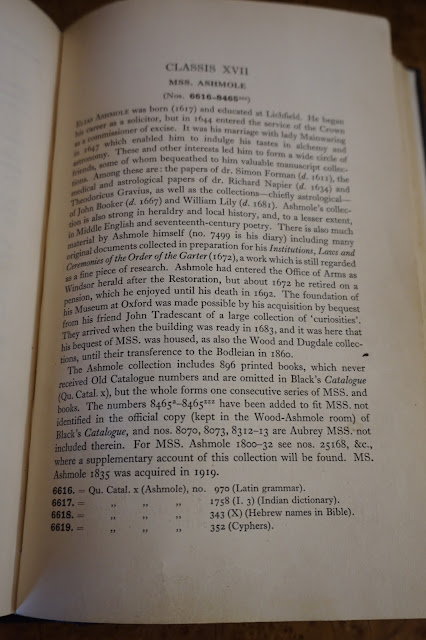



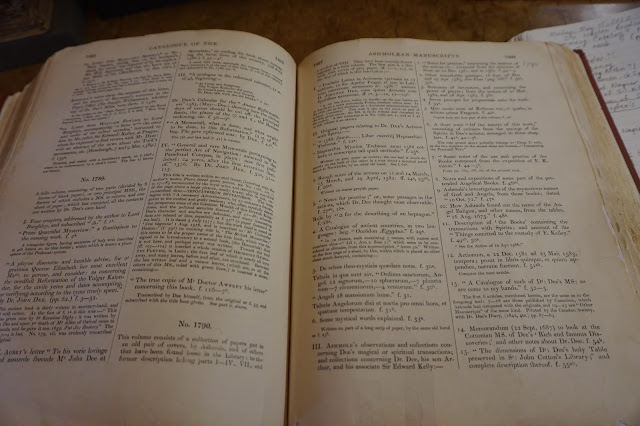





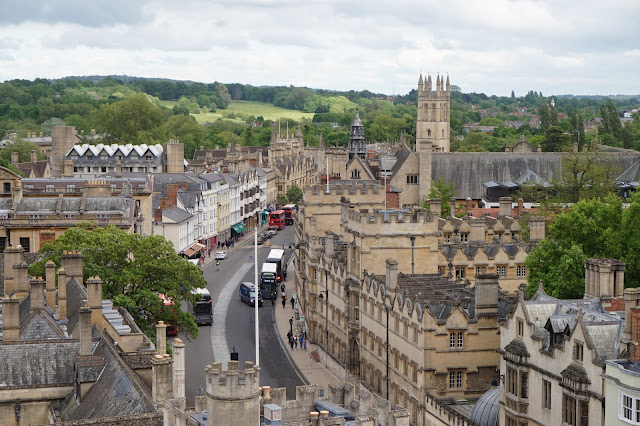


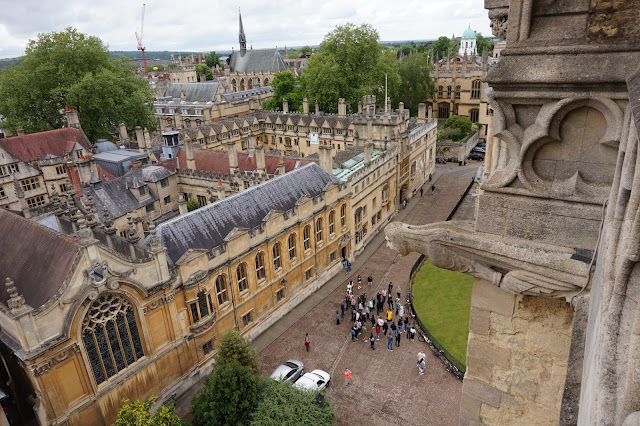
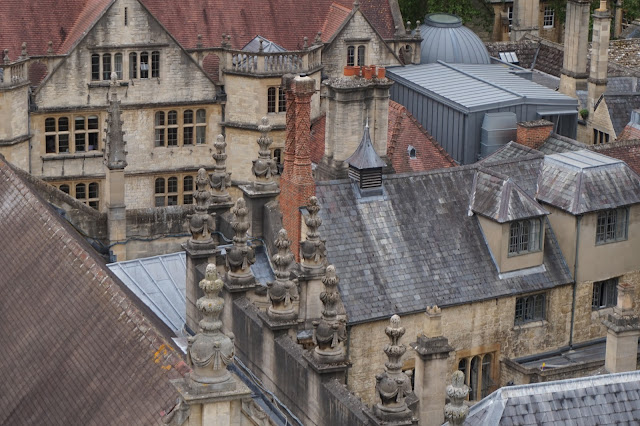

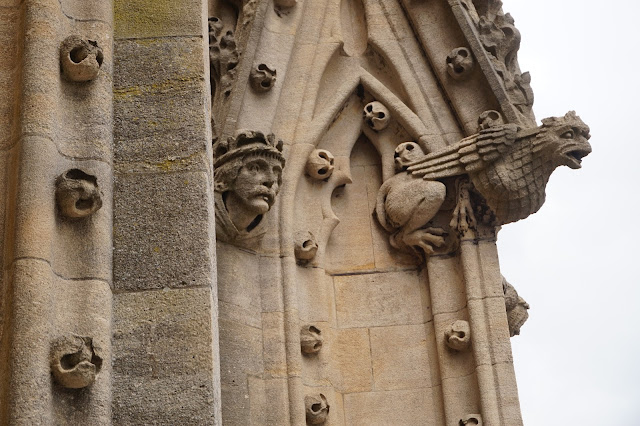






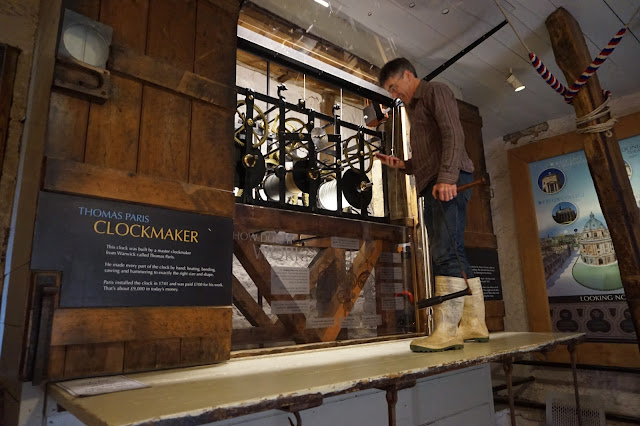








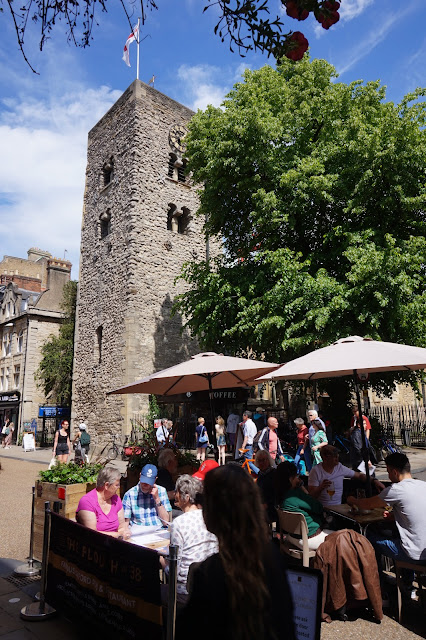












No comments:
Post a Comment